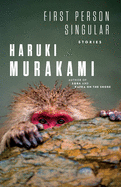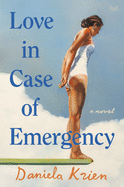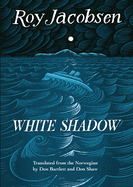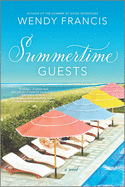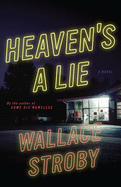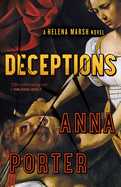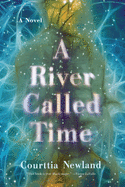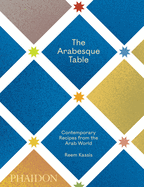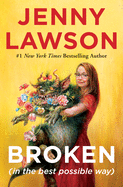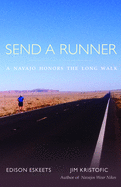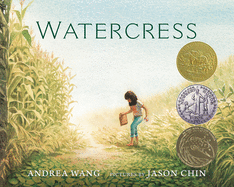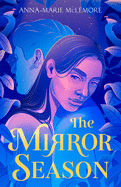_Dan_Perez.jpg) |
| photo: Dan Perez |
Reem Kassis (The Palestinian Table) is a Palestinian food writer and chef currently living in the U.S. Her newest cookbook, The Arabesque Table: Contemporary Recipes from the Arab World (Phaidon; reviewed below), is a gorgeous and well-researched tribute to Arab culture, food history and her own family memories. She recently chatted with Shelf Awareness about her earliest kitchen experiences, current culinary inspirations and the important message she hopes readers will take away from her book.
The memories you share in this book, from the lemon and pomegranate trees in your parents' garden to your grandmother's beautiful needleworks, elevate the experience of each recipe. Tell us about your writing process--did you find food to pair with the memories or the other way around?
It was a symbiotic process in many ways. My memories and experiences undoubtedly inspired many of the dishes I chose, but I almost always wrote the headnotes after the recipe was written because the process of testing these recipes far away from home, from the people who inspired them, from the specific era in which they were cooked, or even from the exact original ingredients, all made me experience them differently. It was that juxtaposition that helped the different elements come together in what you see as headnotes throughout the text. As for the chapter intros, those I wrote at the very end because I knew from my first book that the idea you start out with is never the book you end up with, and I wanted my experience of writing and living this book to inform the essays throughout the book. This way, the writing grows naturally out of the experience rather than forcing the experience and recipes to fit into particular writing.
You describe how "centuries of migration... have left their mark on Arab cuisine." You've lived in several places: Jerusalem, the U.K., Germany and currently the U.S., to name a few. How has your own personal migration left its mark on the way you now cook?
Growing up, I would look at a dish made by someone and, if it wasn't exactly the way my mother or grandmothers made it, judge it as inferior or not correctly made. My experiences abroad have taught how there is no right or wrong in food and how many different versions can exist for the very same dish. I've also learned how much of the way we perceive flavor, how we perceive good vs. bad, is subjective and is influenced by intangible factors like our love for a certain place or people or experience.
From a less philosophical standpoint, my living abroad has forced me to adjust my cooking to cater to the different ingredients and different appliances I have access to, to the different climates and geographies which yield different produce and quality of ingredients. It has also introduced me to foreign ingredients and techniques, which I might incorporate into certain dishes, and even if it happens to be on a small scale, you start to see how over time the evolution of food can take place.
The Arabesque Table is steeped in thoroughly researched Arab food history. What were some of the things you discovered that really stood out and had an impact on you?
The number one thing that I had heard in passing but not really seen concretely was the scope of influence Arab cuisine has had on the food of the entire world. Arabs always brag about how "we invented this or we showed this culture how to do that" and I would shrug it off as a natural tendency towards grandiosity. But in my research, I actually saw just how far the sphere of influence Arab culture and cusine reached, all the way to every corner of the world. Bagels are first mentioned in an Arabic cookery book. Milk puddings, and the very idea of thickening milk with starch, can be traced back to the Arabs; the use of oil for deep frying in Spain, and many other examples, can all be traced back to Arab cuisine.
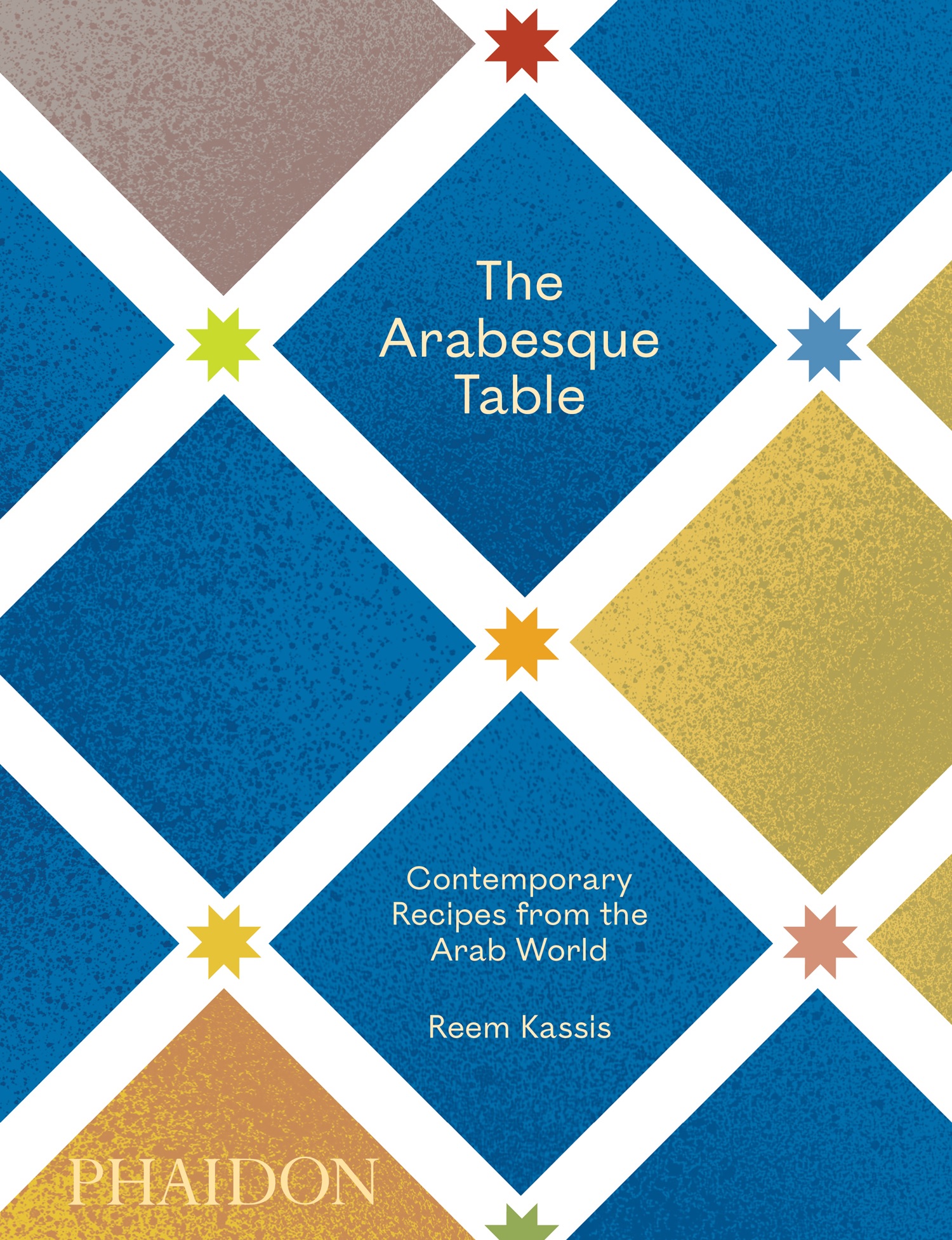 In the introduction, you state that "rather than focus on what differentiates the various cuisines of the Arab world, you wanted to show the commonality across the many Arab nations." What do you hope will be the greatest takeaway from this book?
In the introduction, you state that "rather than focus on what differentiates the various cuisines of the Arab world, you wanted to show the commonality across the many Arab nations." What do you hope will be the greatest takeaway from this book?
I hope people realize that food, just like the arabesque patterns which inspired this title, is inherently cross cultural and intertwined, and that this does not detract from its importance in defining our national identities or connections to specific cultures, countries and cuisines, i.e., those things are not mutually exclusive.
You describe many beautiful moments spent in your mother's and grandmother's kitchens. Did your family share collections of written recipes with you or did you learn by watching them as they cooked?
We have this concept in Arabic called nafas, which roughly translates into breath or spirit, but which in the context of cooking is much more--it's an energy a person possesses which allows them to make food that is exceptional. But basically, no written recipes--and I talk about this in my first book and how difficult it was to transcribe recipes from my mother and grandmother, how I would have to watch and reverse engineer or reverse measure to accurately pin down what they were doing!
At what stage of your life did you learn to make the food of your childhood?
I learned to make the food of my childhood only after I left home. I would call my mother or my grandmother and have them call whoever else I wanted a recipe from and I would get things like "a pinch of this and a pinch of that" or "until texture is as soft as earlobe" or "the consistency of yogurt," etc., and it was through my own trial and error that I eventually learned a lot of the details of these dishes, but am still learning to this day. I'm learning how different crops or different seasons affect the outcome, how your mood, your environment, your ingredients, all of it influences your food and learning to cook is always a work in progress, it is a skill you perfect with time or experience, but it definitely helps if you have good nafas!
What are some of the well-worn and spice-stained cookbooks that will always have a place in your kitchen?
As surprising as it may sound, my first cookbook The Palestinian Table is the one I use the most. It is the traditional foods of my childhood and the dishes I make most often at home, and even though I know them by heart, I still reference the book time and time again (especially for pastries and cakes). Other than that, I use a book called 660 Curries [by Raghavan Iyer] on a regular basis for inspiration to Indian curries (I'm obsessed with Indian food). I also often use The Flavor Thesaurus [by Niki Segnit] when I want to figure out which flavors might go with what. Finally, this is not a cookbook, but I use the recipes from a Korean food blog called Korean Bapsang for the most delicious Korean recipes. --Grace Rajendran, freelance reviewer and literary events producer
Reem Kassis: A Mélange of Tradition and Taste
_Amy_Perl_Photography.jpg)
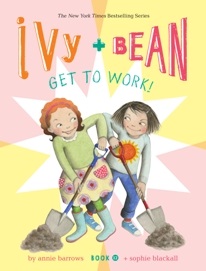 Seventeen years of Ivy and Bean are coming to an end, and I miss them already. I don't mean just writing about them. I mean having these two girls as my constant companions, my imaginary friends and my own squeaky little Greek chorus. Even as my own kids grew up, Ivy and Bean stood by to give me the proper perspective on the world: to urge me to look under rocks, to hope for magic solutions and to suggest that bean sprouts might work. Ivy and Bean have been my escape hatch from adulthood.
Seventeen years of Ivy and Bean are coming to an end, and I miss them already. I don't mean just writing about them. I mean having these two girls as my constant companions, my imaginary friends and my own squeaky little Greek chorus. Even as my own kids grew up, Ivy and Bean stood by to give me the proper perspective on the world: to urge me to look under rocks, to hope for magic solutions and to suggest that bean sprouts might work. Ivy and Bean have been my escape hatch from adulthood.


_Dan_Perez.jpg)
 In the introduction, you state that "rather than focus on what differentiates the various cuisines of the Arab world, you wanted to show the commonality across the many Arab nations." What do you hope will be the greatest takeaway from this book?
In the introduction, you state that "rather than focus on what differentiates the various cuisines of the Arab world, you wanted to show the commonality across the many Arab nations." What do you hope will be the greatest takeaway from this book? 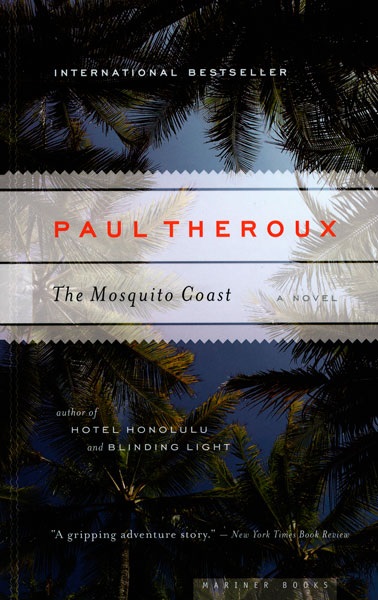 This year is the 40th anniversary of Paul Theroux’s The Mosquito Coast, in which a disillusioned American inventor moves his family from Massachusetts to the eponymous Mosquito Coast of Honduras. Teenage narrator Charlie and the rest of the Fox family follow Allie on a perilous trek deep into the jungle, away from Western influence and technology. The Mosquito Coast won the James Tait Black Memorial Prize and in 1986 was adapted into a film directed by Peter Weir, starring Harrison Ford, Helen Mirren, Andre Gregory and River Phoenix. Apple TV+ recently
This year is the 40th anniversary of Paul Theroux’s The Mosquito Coast, in which a disillusioned American inventor moves his family from Massachusetts to the eponymous Mosquito Coast of Honduras. Teenage narrator Charlie and the rest of the Fox family follow Allie on a perilous trek deep into the jungle, away from Western influence and technology. The Mosquito Coast won the James Tait Black Memorial Prize and in 1986 was adapted into a film directed by Peter Weir, starring Harrison Ford, Helen Mirren, Andre Gregory and River Phoenix. Apple TV+ recently 